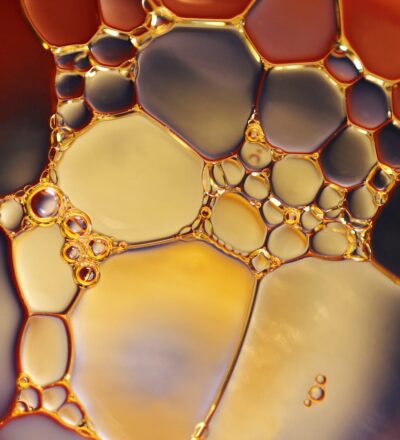The final report of the ISRO project is out. It discusses progress made in capitalising on Organic Solvent Nanofiltration (OSN), a promising technology that will use membrane nanofiltration to recycle organic solutions in industrial processes, It also sets out the challenges of scaling up the technology and sketches out how these can be overcome.
Organic solvent nanofiltration is an emerging technology that can be used in recycling organic solvents in industrial processes. An earlier project, EEMBAR, found that OSN has the potential to halve the energy required for distillation-based acetone recovery.
Although a proof-of-principle was demonstrated through the use of spiral-wound elements in the EEMBAR project, the difference between small-scale experiments and an actual pilot has been highlighted by the tests in the ISRO project. It is likely that the challenges here arose from the specific nature of the vegetable oils involved, from the relatively high oil concentrations the membrane will have to handle, and from the impact on mass transfer. The project team is confident that that these challenges can be addressed, in part through design changes and more pilot testing.
Two case studies
The project was based around two case studies. In the first, OSN was integrated into the distillation process at Bunge Loders Croklaan (BLC), a producer of specialty oils and fats, the aim being to considerably reduce the amount of energy required to recover acetone. In the second, at TUSTI, a high-tech plastic-recycling company, plastic-cleaning solvent was recovered so that it could be reused and so that biodiesel could be produced from residual flows.
Two types of membrane
Both studies compared polymeric (spiral wound) and ceramic membranes, both at the lab and pilot scales.
At TUSTI, the company’s cleaning liquid was used to test both the ceramic and the polymeric membranes on a pilot scale, and it was found that membranes of neither type were fouled. That said, while reusing the TUSTI liquid did prove to be economically viable at lower oil concentrations, it turned out that, at higher concentrations, separation was less efficient.
At BLC, both the polymeric and the ceramic membranes were fouled during pilot tests. It was possible to regenerate and recover the polymeric, but not the ceramic, membranes.
Using ceramic membranes had a further disadvantage: in this specific application, both the variable costs associated with them and the capital expenditures they required were shown to be higher than was the case with polymeric membranes.
Overcoming challenges, and prospects for use
As noted above, the main challenge here lay in scaling up—in achieving high-quality separation at the pilot scale as opposed to what is already possible at the laboratory scale. The project team believes that optimizing the concept and using polymeric spiral wound elements offer the most promising avenues to overcoming this challenge.
Assuming this can be done, the ISRO project demonstrated the feasibility and cost-effectiveness of using membrane separation. Further research, based around longer pilots, could also help determine how long the payback period might be, especially if subsidies and CO2 levies were figured in.
So more work to be done—but with the promise of benefits aplenty.
Acknowledgement
This project is co-funded with subsidy from the Topsector Energy by the Ministry of Economic Affairs and Climate Policy.
